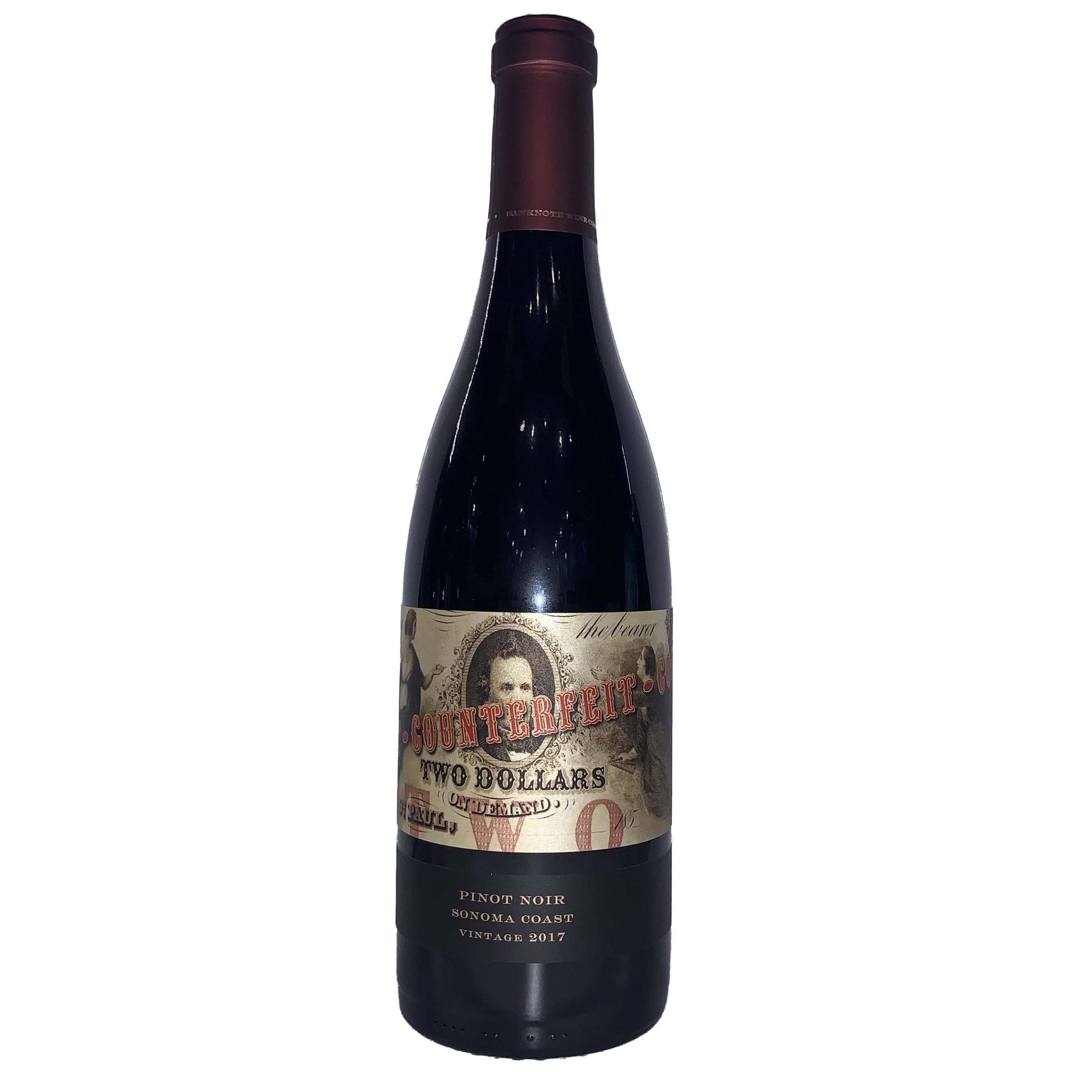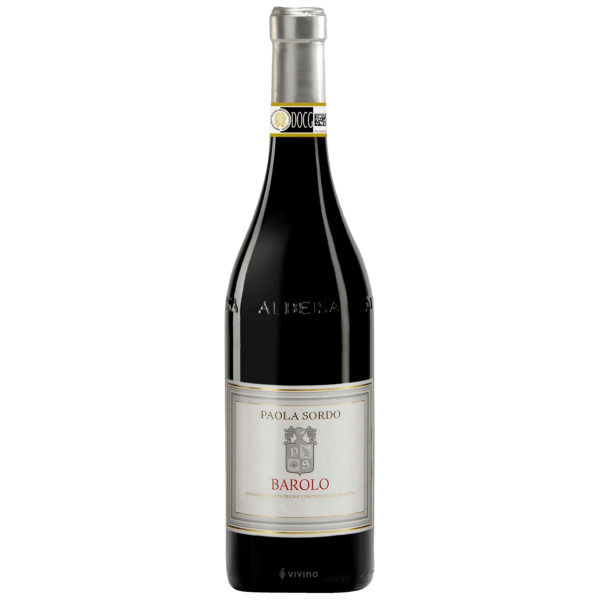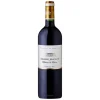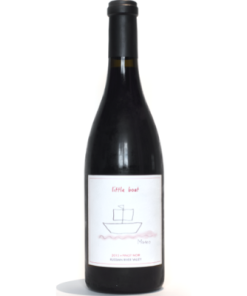2017 Banknote Pinot Noir “750ML”
$23.99
Out of stock
2017 Banknote Pinot Noir
2017 Banknote Pinot Noir The 2017 vintage Counterfeit is a rustic wine that features a ripe floral nose with hints of herbs and sweet oak. Upon first sip your palate explodes with ripe dark berries and notes of cedar, leading to and elegant core of earthy savory notes, mocha and dried fruits. Blend: 89% Cabernet Sauvignon, 5% Merlot, 3% Petit Verdot, 3% Cabernet Franc.
Pinot Noir
Pinot Noir is the dominant red wine grape of Burgundy, now adopted (and extensively studied) in wine regions all over the world. The variety’s elusive charm has carried it to all manner of vineyards.
These extend from western Germany (as Spätburgunder) and northern Italy to Chile, South Africa, Australia, New Zealand and the USA. California, Oregon and New Zealand are arguably the greatest centers for the grape outside its home territory. However great Pinot Noir is made in all of these territories.
The essence of Pinot Noir wine is its aroma of red berries and cherry (fresh red cherries in lighter wines and stewed black cherries in weightier examples). Many of the more complex examples show hints of forest floor. Well-built Pinot Noirs, particularly from warmer harvests, suggest leather and violets, sometimes recalling Syrah.
There are two theories regarding the Pinot name. One is that it came about because their bunches are similar in shape to a pine cone (pinot in French).
It may derive, however, from a place name in France such as Pinos or Pignols from where cuttings were obtained. Pignols in the Auvergne, for example, has cultivated Pinot since the Middle Ages.
It was previously believed that Pinot Noir, Pinot Blanc, Pinot Gris, Pinot Meunier, Pinot Précoce (Frühburgunder) et al were members of a “Pinot Family” of distinct grape varieties. But DNA profiling has shown them to share the same genetic fingerprint. Thus, they should properly be considered as mutations or clones of a common variety.
Related products
Wines!
Best Sell Pinot Noir



